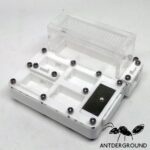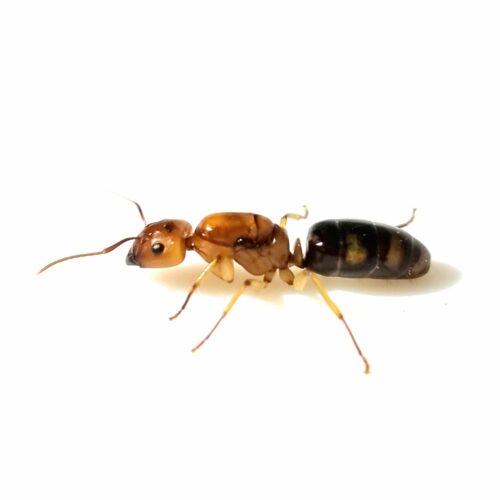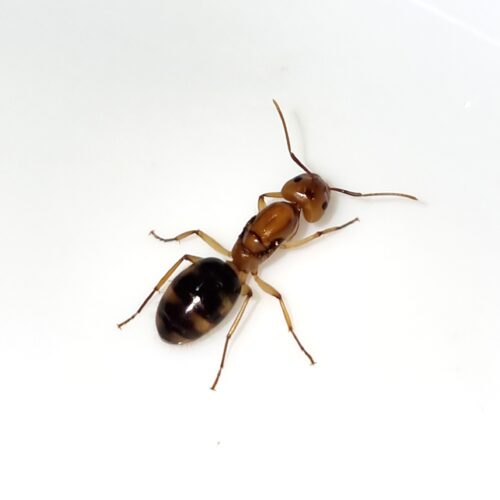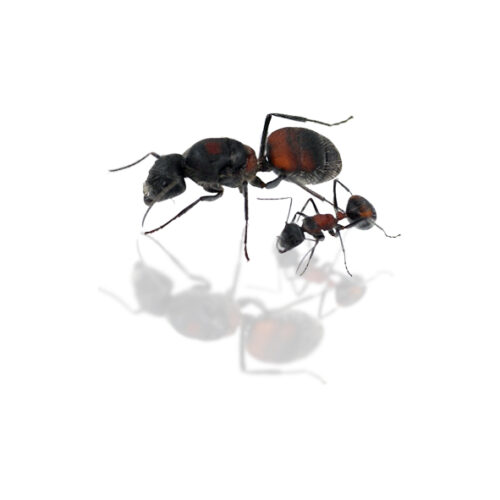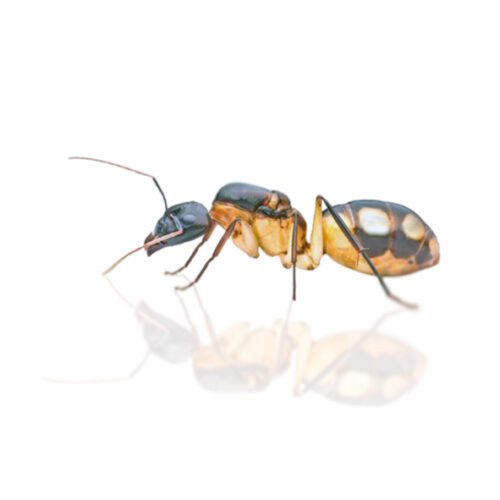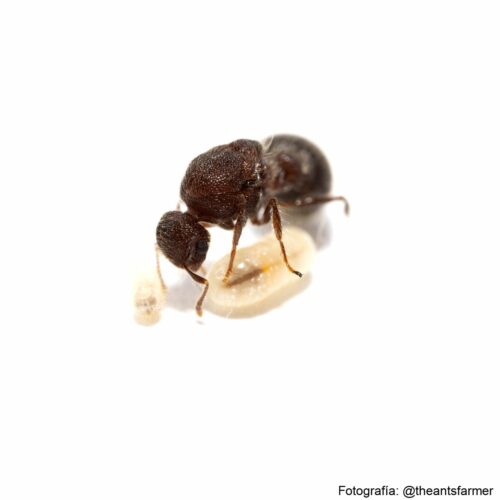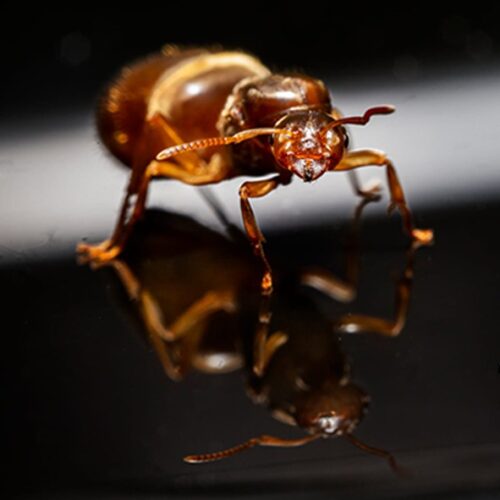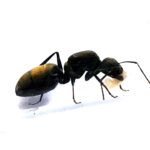
Camponotus chilensis
75,00€ Original price was: 75,00€.65,00€Current price is: 65,00€.
Camponotus morosus
75,00€ Original price was: 75,00€.58,00€Current price is: 58,00€.
Camponotus morosus stands out for its size and striking dark coloration. Perfect for hobbyists to observe the colony’s organization and daily activity. 🐜🌿
SKU:
N/A
Categories: Ants, Exotic ants
Description
Technical Sheet – Camponotus morosus
Note: Information about Camponotus morosus is limited due to scarce documentation; the data presented are indicative and based on related species of the same genus.
Taxonomy
- Scientific name: Camponotus morosus
- Genus: Camponotus
- Family: Formicidae
- Subfamily: Formicinae
- Distribution: South America (mainly Andean regions and warm, humid areas).
Morphology
- Size:
- Queen: 12–15 mm
- Minor workers: 4–7 mm
- Major workers: 8–10 mm
- Coloration: Dark shades from brown to black, moderately shiny.
- Distinctive traits: Robust body typical of Camponotus, broad heads in major workers, strong mandibles, and long antennae.
Behavior
- Type: Semi-nesting species; prefers decayed wood, cracks, or narrow spaces.
- Activity: Active in the late afternoon and night (crepuscular/nocturnal).
- Foraging: Slow but steady; workers explore individually.
Diet
- Feed on sugary liquids (sugar water, honey, artificial nectar) and proteins (small insects, chopped crickets, flies, etc.).
- Prefer soft and sweet foods.
Humidity and Temperature
- Ideal temperature: 22–26 °C
- Nest humidity: 50–70%
- Foraging area humidity: 40–60%
- Hibernation/diapause: Not strictly required; a slight drop to 18–20 °C in winter is beneficial.
Maintenance Level
- Level: Easy – Intermediate
- Colonies are manageable but grow slowly; prefer stable humidity.
- Require spacious nests for major workers.
Colony Growth
- Speed: Slow
- Maximum colony size: 1,000–3,000 individuals
- Time to first workers: 6–8 weeks from egg laying
Recommended Nest Type
- Acrylic or plaster nests with controlled humidity.
- Alternative: Treated wood to simulate natural habitat.
- Wide passages to accommodate major workers.
- Spacious and ventilated foraging area.
Additional information
| Options |
Queen |
|---|
Related products
Polyrhachis armata
Sold out
Camponotus turkestanus
20,00€ – 60,00€Price range: 20,00€ through 60,00€
Sold out
Select options
This product has multiple variants. The options may be chosen on the product page
Camponotus maculatus subnudus
28,00€ – 48,00€Price range: 28,00€ through 48,00€
Sold out
Select options
This product has multiple variants. The options may be chosen on the product page
Camponotus Mutilarius (Xiangban)
25,00€ – 80,00€Price range: 25,00€ through 80,00€
Sold out
Select options
This product has multiple variants. The options may be chosen on the product page
Camponotus maculatus Queen
45,00€ – 70,00€Price range: 45,00€ through 70,00€
Sold out
Camponotus maculatus Camponotus maculatus Origin and distribution: Angola, Benin, Cameroon, Central African Republic, Mozambique, Namibia, Saudi Arabia, Senegal, South Africa,
Select options
This product has multiple variants. The options may be chosen on the product page
Camponotus singularis
35,00€ – 95,00€Price range: 35,00€ through 95,00€
Sold out
Camponotus singularis Origin and distribution: Indonesia, Borneo, Malaysia, India, Laos, Myanmar, Nepal, Thailand, Vietnam and China Humidity: 50 – 70%
Select options
This product has multiple variants. The options may be chosen on the product page
Meranoplus Bicolor
Sold out
Select options
This product has multiple variants. The options may be chosen on the product page


